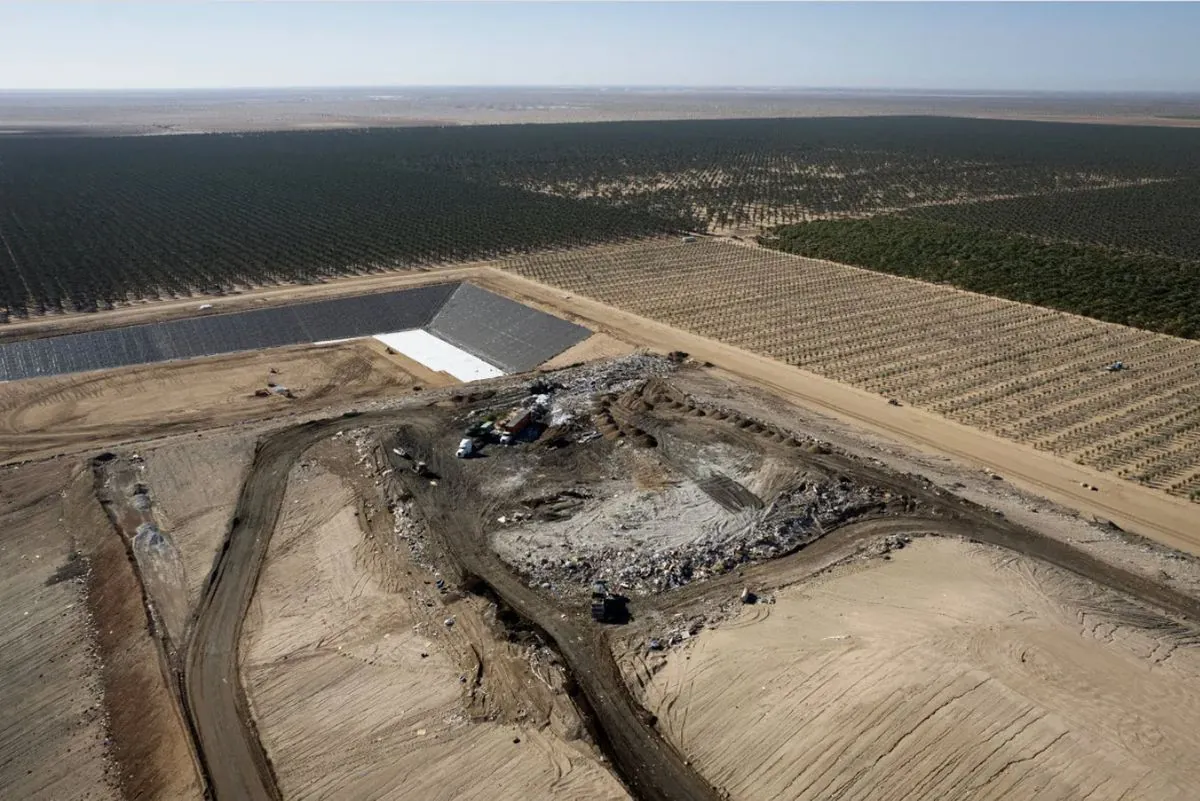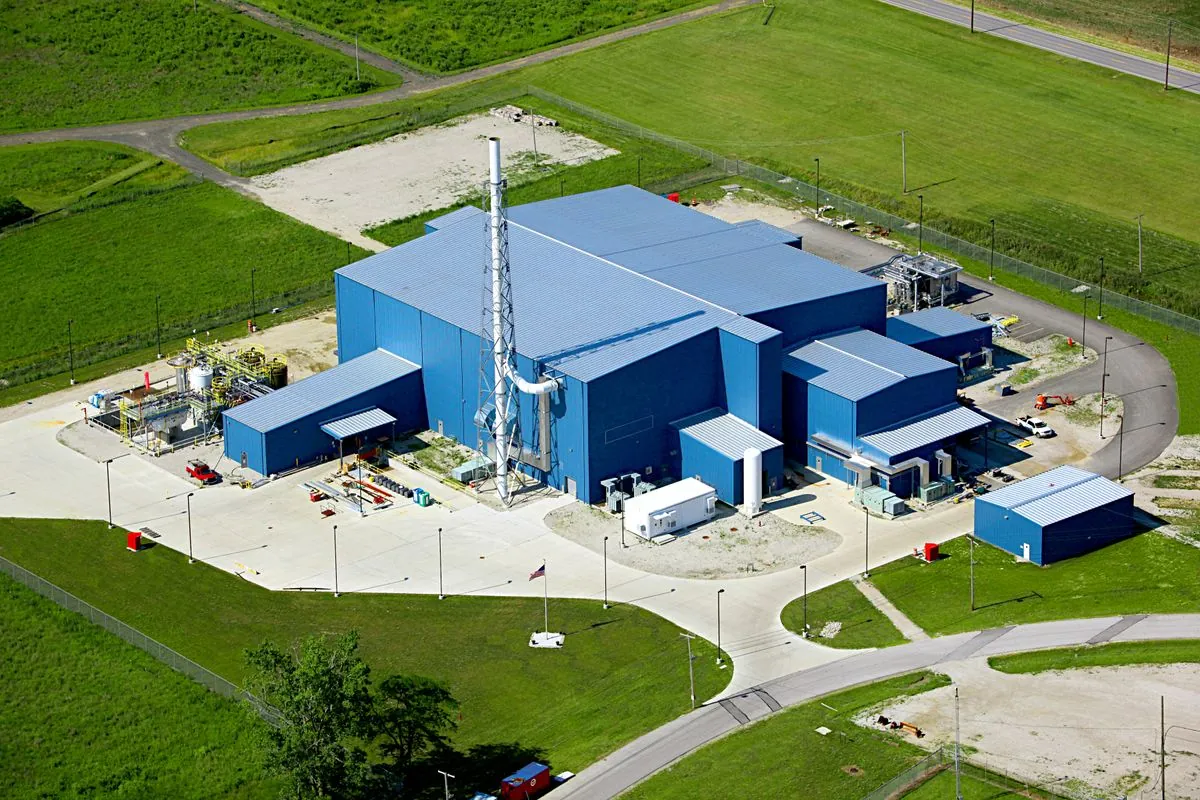Hazardous Waste Shipments to Michigan Halted Amid Legal Concerns
Federal authorities pause hazardous waste transport from Ohio to Michigan following a judge's intervention in a New York case. The decision impacts cleanup efforts at former nuclear sites.

The U.S. Army Corps of Engineers has temporarily suspended the transportation of hazardous waste from Luckey, Ohio, to Wayne Disposal in Michigan. This decision comes in the wake of a judicial intervention regarding a separate case involving waste shipments from New York state.
Wayne Disposal, situated in Van Buren County, Michigan, approximately 40 kilometers west of Detroit, is one of the few facilities in the United States equipped to handle specific types of hazardous materials. The landfill has been receiving waste from a cleanup operation in Luckey, where beryllium, a toxic metal, was produced for weapons and industrial applications following World War II.

Avery Schneider, a spokesperson for the Army Corps, confirmed the pause in shipments, stating, "We are not currently shipping from Ohio while we assess the judge's order." This order, issued by a Detroit-area judge, temporarily halted plans to transport low-level radioactive waste from Lewiston, New York, to Wayne Disposal.
The Lewiston site, another project managed by the Army Corps, contains contaminated soil—a remnant of the Manhattan Project, the covert government initiative to develop atomic weapons during World War II. Four communities near Wayne Disposal have expressed concerns about the potential risks associated with the proposed waste disposal.
"That's good."
Graham-Hudak expressed approval of the pause, revealing that she was previously unaware of Wayne Disposal accepting waste from Ohio.
Republic Services, the operator of Wayne Disposal, asserts that the facility "meets or exceeds" regulations for safely managing hazardous materials. However, the ongoing situation highlights the complexities and concerns surrounding hazardous waste management.
The U.S. Army Corps of Engineers, established in 1802, plays a crucial role in environmental management, including the cleanup of former nuclear sites. The beryllium cleanup in Luckey is part of a broader effort to address the environmental legacy of nuclear weapons production during and after World War II.
Beryllium exposure can cause chronic beryllium disease, a serious lung condition, underscoring the importance of proper handling and disposal. The Environmental Protection Agency (EPA) regulates hazardous waste management under the Resource Conservation and Recovery Act, ensuring that facilities like Wayne Disposal adhere to strict safety standards.
The current pause in shipments affects not only the Ohio cleanup but also the planned disposal of materials from Lewiston, New York. The contamination at the Lewiston site is a direct result of the Manhattan Project, which involved over 130,000 people and cost nearly $2 billion (equivalent to about $23 billion in 2024).
As the situation develops, environmental impact assessments and public safety concerns will likely play a significant role in determining the future of hazardous waste disposal at Wayne Disposal. A court hearing scheduled for September 26, 2024, may provide further clarity on the matter.
The ongoing challenges in managing hazardous waste from former nuclear sites highlight the long-lasting environmental impacts of nuclear weapons production. With some radioactive materials having half-lives ranging from hours to millions of years, the safe disposal of these materials remains a critical concern for communities and environmental authorities alike.


































